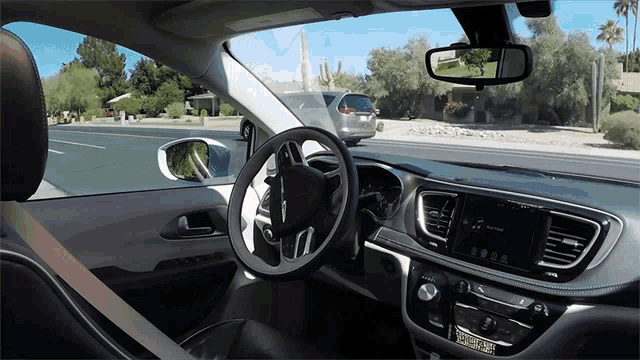When looking into home insurance for 2025, there are several important trends and changes to be aware of. Homeowners insurance policies are evolving, influenced by factors like climate change, technological advancements, and economic shifts. Here’s a breakdown of what you can expect and consider:
1. Rising Costs Due to Climate Change
- Increased Premiums: In 2025, you may see higher premiums for homeowners insurance due to increased natural disasters, such as floods, wildfires, hurricanes, and tornadoes. Insurers are adjusting their rates to cover the growing costs of property damage from these events.
- Risk-Based Pricing: Insurance companies are increasingly focusing on the risks specific to your area, which could lead to more personalized premiums. Homes in high-risk areas (e.g., flood zones, fire-prone regions) may face steeper increases.
2. Technology and Smart Homes
- Discounts for Smart Devices: The rise of smart home technology may lead to new discounts. Homeowners who install devices like smart security systems, water leak detectors, or smart thermostats may benefit from reduced premiums.
- Digital Claims and Adjustments: Insurance companies are likely to adopt more tech-driven processes, like digital claims submissions using AI, drones, and virtual inspections to streamline the claims process.
3. Changes in Coverage and Policy Options
- Expanded Coverage for Natural Disasters: Some insurers are offering more comprehensive coverage for certain types of disasters, such as floods and wildfires. As these events become more common, homeowners may need to secure additional policies or riders.
- Home Sharing and Short-Term Rentals: If you rent out part of your home (e.g., via Airbnb), make sure your policy includes coverage for such activities. Insurers are increasingly offering specialized coverage for short-term rentals.
- Cybersecurity Insurance: With more people working from home and relying on connected devices, cybersecurity insurance may be more common as part of home insurance. This would cover things like data breaches or hacking events that affect your home systems.
4. Policy Customization and Bundling
- More Flexible Policies: Home insurance companies are expected to offer more customizable policies in 2025, allowing you to select coverage based on your needs (e.g., dwelling coverage, liability, medical payments).
- Bundling Discounts: It’s expected that bundling home insurance with auto, life, or other policies will continue to provide discounts, making it easier and more affordable for homeowners to cover multiple assets.
5. Sustainability and Green Homes
- Green Home Coverage: As sustainability becomes more important, some insurers are starting to offer policies that cover eco-friendly or energy-efficient homes. If you have solar panels, energy-efficient windows, or use green materials, you might be eligible for discounts or specialized coverage.
- Rebuilding with Green Materials: In the event of a claim, some insurers may offer to rebuild using sustainable, environmentally friendly materials, or offer discounts if your home meets certain green certifications.
6. Insurance for Expensive Homes
Luxury Home Insurance: As home values rise, particularly in the luxury market, insurance products tailored to high-net-worth individuals are becoming more common. These policies often cover unique risks and high-value assets, such as art, jewelry, and collectibles.
7. Shopping for Home Insurance in 2025
- Online Shopping: It’s increasingly easier to compare home insurance rates online. Companies use advanced algorithms to provide instant quotes, making it easier to find competitive rates.
- Pay-Per-Use or Subscription Models: In the future, you might see new models like pay-per-use or subscription-based home insurance, allowing you to pay for coverage based on your usage or specific needs rather than a flat annual rate.
Tips for Choosing Home Insurance in 2025:
- Review your policy regularly to make sure it reflects changes in your property’s value, your assets, and any new risks (e.g., flood, fire).
- Consider bundling with other insurance policies to save on premiums.
- Ask about discounts for smart home technology, eco-friendly features, or loyalty.
- Understand exclusions, especially in high-risk areas or for specific events like flooding, which might require a separate policy.
Being aware of these trends and taking a proactive approach to insurance coverage will help you get the best value and protection in 2025.




















